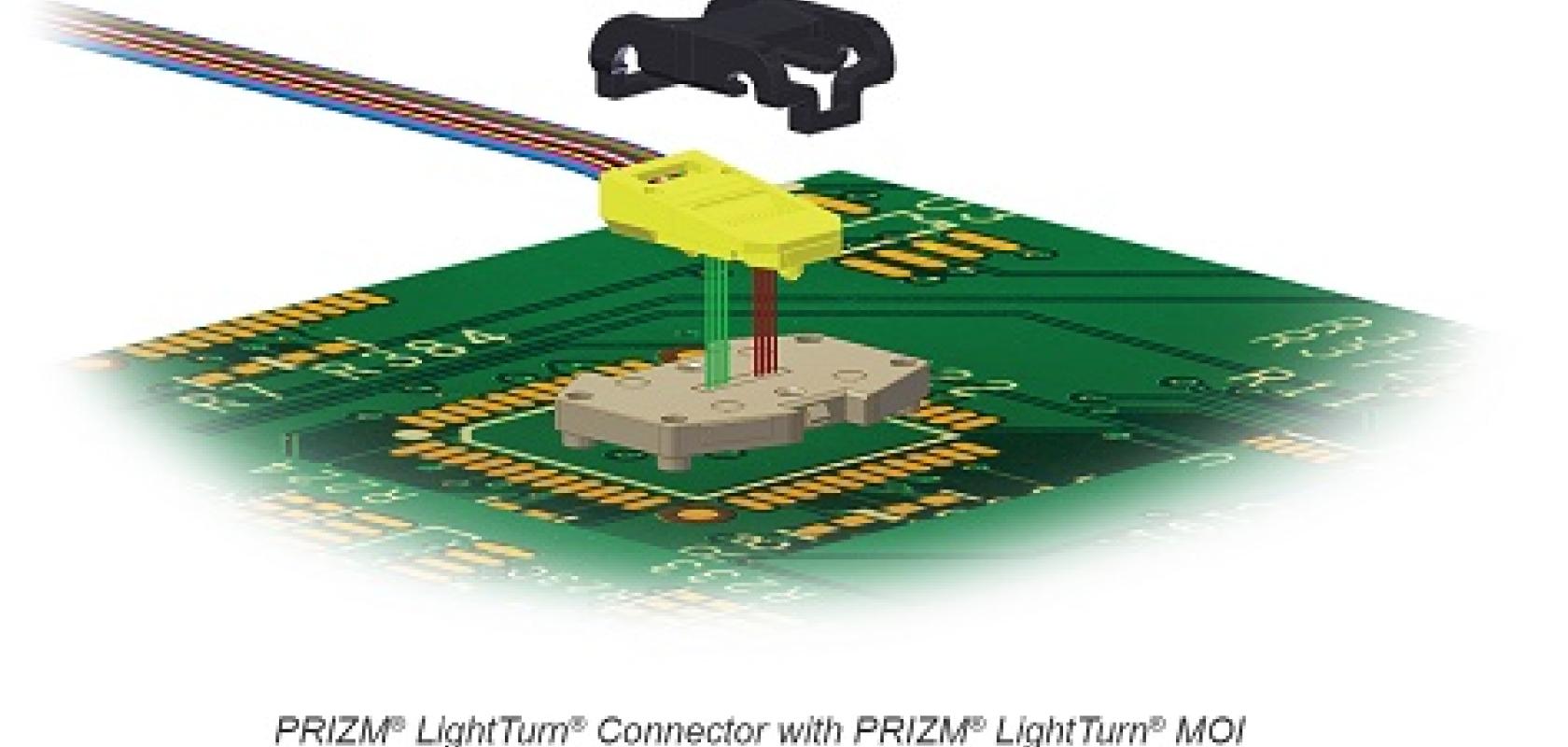US Conec, a developer of high-density optical interconnects, has released its next-generation PRIZM LightTurn mechanical-optical interface (MOI) 25+ Gbps, which has been optimised for embedded module applications based on 25Gb/s vertical cavity surface emitting lasers (VCSELs).
The PRISM LightTurn MOI contains an array of collimating lenses to couple light between the board-mounted active components and a detachable fibre-optic connector, such as US Conec’s PRIZM LightTurn connector, which uses expanded-beam lensed ferrule technology.
To maintain system performance as speed increases from 10Gb/s to 25Gb/s and beyond, the critical components of VCSELs and photodiodes must be redesigned with more stringent part and assembly tolerances. For instance, to achieve higher response speeds, the photodiode aperture must be significantly smaller.
“Coupling optimisation between the reduced aperture optics and fibre-optic connectors is increasingly critical to the performance of the systems,” explained Sharon Lutz, ferrules product manager for US Conec.
The PRIZM LightTurn MOI 25+ Gbps accommodates a wide variety of transceiver architectures by taking into account the chip driver and wire-bond clearance requirements while optimising the optical lens design to maximise coupling performance for both transmitter and receiver.
US Conec presented a joint paper at the Photonics West Exhibition in San Francisco this week describing the theoretical and empirical results for the new PRIZM LightTurn MOI 25+ Gbps.

